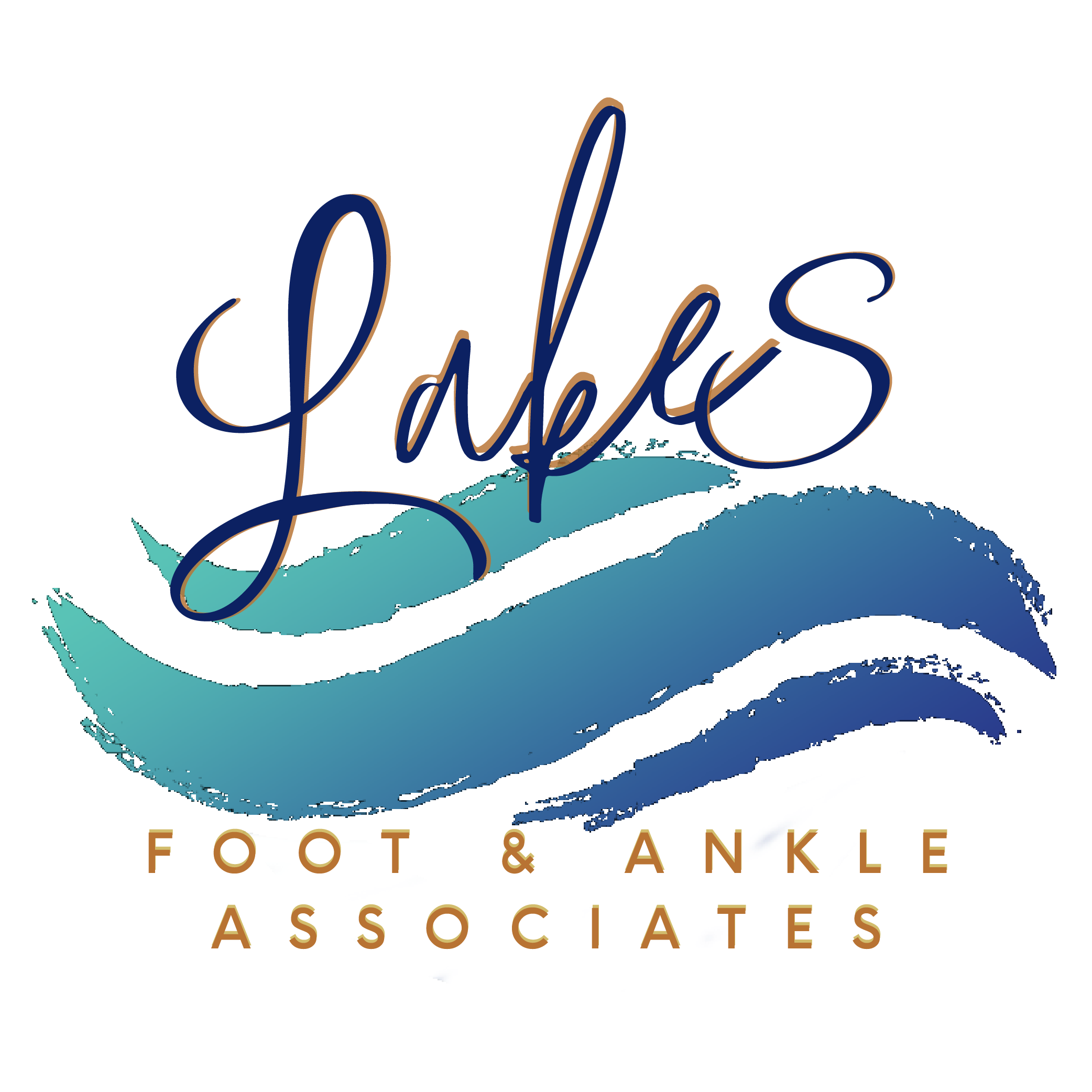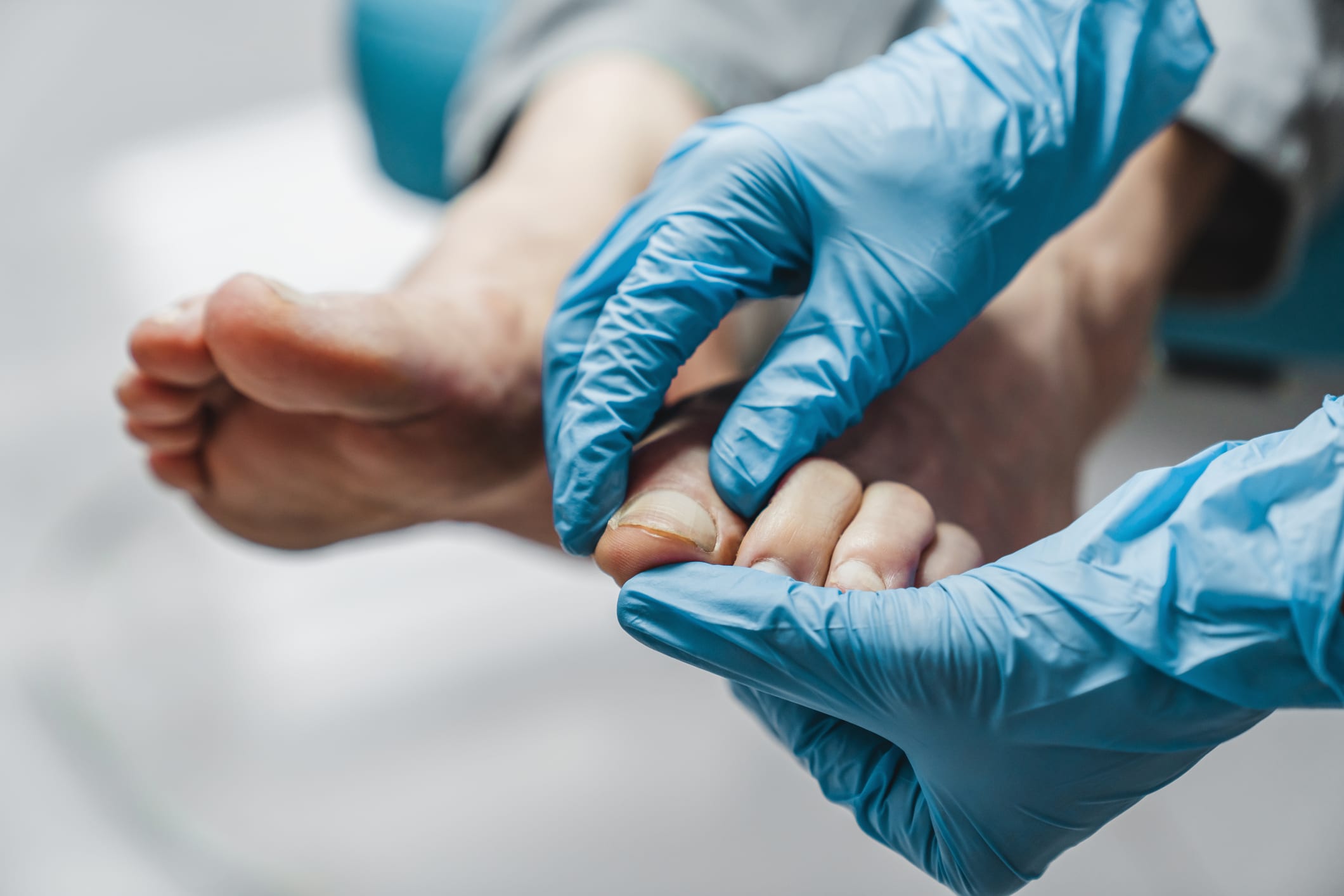“Paging Dr. Google. Dr. Google, are you there?”
When something hurts, who is the first “medical expert” you turn to?
We know. We’re doctors, and there are times when we’re guilty of it too. Chances are, before you even talk to a friend or loved one, you call on Dr. Google—or maybe one of his colleagues, Dr. Yahoo or Bing, M.D.
In fact, according to the Pew Internet and American Life Project, around 80 percent of American web users are looking up health information—and symptoms they’re experiencing—online.
And unfortunately, that can come with some problems, even for something like heel pain.
But First, An Important Caveat
Now, we’re not saying you shouldn’t make any attempt to research your symptoms or condition online. After all, you’re currently reading this blog on a website that provides free health information to internet users.
We’re not hypocrites, honest!
Indeed, looking up health information on the internet can be helpful and valuable, especially during the early stages of pain. Often, Dr. Google can help you narrow down a list of possible problems, or help you figure out what to ask your doctor or how to advocate for yourself. Those are all good things.
However…
The trouble starts when people start following Dr. Google’s advice as a substitute for real conversations with real doctors.
Here are a few reasons Dr. Google can lead you astray on heel pain.
One Symptom, Many Conditions
Heel pain is a classic example of a “condition” that’s not really a condition, per se—or more accurately, it isn’t a real diagnosis.
From your perspective, the problem might seem pretty straightforward: “My heel hurts all the time!” However, a similar set of symptoms can be produced by a wide range of possible diagnoses.
For example:
- Plantar fasciitis. The pain of this condition is the result of stretching and tearing in the plantar fascia ligament. It runs along the bottom of your foot and connects the heel bone to the arch and the toes.
- Heel spurs. “Heel spurs” are bony deposits of calcium that build up on the heel bone, usually as a reaction to chronic plantar fasciitis. On their own, “heel spurs” don’t cause pain, but they sometimes can in the rare circumstance of fractured “spur”. (This term is grossly overused and misunderstood and is very disliked by our Doctors!)
- Calcaneal stress fractures. Repetitive overuse stress can sometimes cause tiny cracks to develop in the heel bone itself.
- Entrapped nerves. Inflammation, repetitive motions, or even faulty bone structure can cause nerves to get “pinched” near the ankle, leading to painful symptoms in the heel.
- Achilles tendinitis. Inflammation or breakdown in the fibers of the Achilles tendon at the back of your heel.
- Achilles bursitis. Irritation in the fluid-filled bursa sac behind the heel, which normally helps cushion and lubricate the tendon.
We could go on, but you probably get the idea.
If you do a basic Google search for “heel pain,” there’s a good chance you’ll get overwhelmed with info on all these different possible topics with no good way to choose between them—or maybe you’ll choose the wrong one.
One Condition, Many Causes
Even if you nailed the diagnosis, there’s another problem: a diagnosis is not the same thing as a cause.
We’ll give you an example. Let’s say we have four patients walk into our office tomorrow, all complaining of heel pain. After an evaluation, we determine that all four of them have a bad case of plantar fasciitis.
Now all we have to do is follow the treatment steps outlined in the manual to the letter and send them all on their way, right?
Wrong.
Even though they all have the same diagnosis, it might well be the case that:
- Patient A is a long-distance runner who isn’t taking enough breaks in her training schedule. The primary cause of her condition is overuse from an ill-advised training routine.
- Patient B is a long-distance runner who is following a proper training schedule. Her main problem is simply that she’s wearing a bad pair of shoes that doesn’t fit her running style.
- Patient C has flat arches. This leads to biomechanical issues with the way that his feet pronate and distribute weight, which in turn has led to plantar fasciitis.
- Patient D is obese. More weight means more stress on the heels.
Obviously, the most effective treatment protocol is going to be different for each patient on that list.
And even this breakdown is too simplified. Often it isn’t really one thing that leads to heel pain, but a whole mix of factors—your foot structure, your footwear, your activities, your weight, even your diet.
Unfortunately, Dr. Google is probably not going to be able to break this down for you the way that you need it to. It might give you some general insight, but it isn’t a substitute for a professional in-person evaluation. Not by a long shot.
Mountains of Misinformation
So now, after your virtual consultation with Dr. Google, you’ve ended up with:
- A diagnosis that may or may not be the correct one.
- A list of potential causes that may or may not be relevant to your situation.
- A ton of treatment suggestions that may or may not be appropriate for the nature of your injury or stage of your recovery—or in some cases not even scientifically based.
Unfortunately, there’s a lot of misinformation out there about “home remedies” and “simple stretches” that, we’re sad to report, just doesn’t have any clinical evidence of being successful.
And even the techniques that are evidenced-based may not be what you need right now. There’s such thing as the right treatment at the wrong time. For example, starting rehab too early and aggressively when your body still needs time to heal can lead to more damage than good.
We see this at our office all the time.
“Doctor, I’ve been doing my calf stretches and rolling Coke cans under my foot for week, but nothing seems to help!”
It’s not much fun to tell them that, despite what they may have read on the internet, their well-meaning attempts to self-diagnose and self-treat their heel pain made their pathology worse, because they were doing things that were inappropriate or, at best, out of sequence.
The Solution: Comprehensive Heel Pain Management from Lakes Foot and Ankle Associates
Dr. Google has his uses. But it’s best to remember that his medical degree is about as legitimate as Dr. Pepper’s. In other words: don’t take him at face value.
You can do a little computer research up front, but if your heels are hurting, make sure you see one of the real, living, breathing foot specialists at Lakes Foot and Ankle before attempting to diagnose or treat yourself.
Our medical degrees are legitimate. And we’ve dedicated our careers to providing a premier level of diagnosis and treatment for all conditions related to the foot and ankle. That includes constant investment in new treatment technologies such as MLS laser, as well as exceptional individual attention that takes your personal lifestyle and goals into account, too.
In short: We’ll be able to tell you exactly what the problem is, what caused it, and how you can make it go away.
You’ll have to buy in and stick with the plan. But if you do, we can get you the results you deserve, and back to the lifestyle you desire.
To schedule an appointment with our team in Commerce Township, MI, please complete our online contact form or give us a call at (248) 360-3888.
| Monday | 8:00am – 4:30pm |
| Tuesday | 9:00am – 4:30pm |
| Wednesday | 8:00am – 4:30pm |
| Thursday | 8:45am – 6:00pm |
| Friday | 7:30 am – 4:00pm |
| Saturday | – Closed – |
| Sunday | – Closed – |



